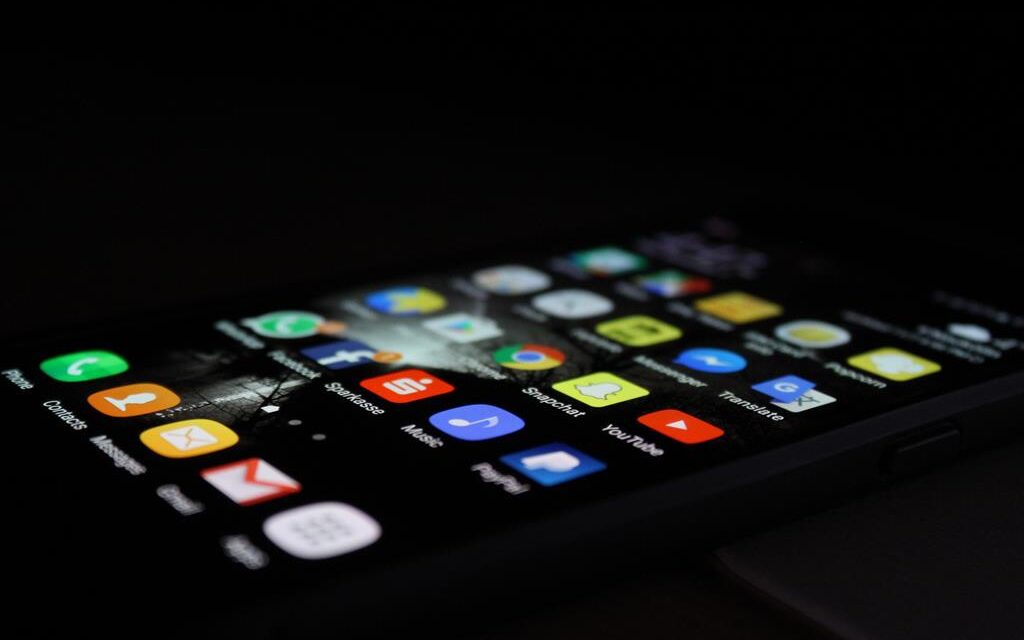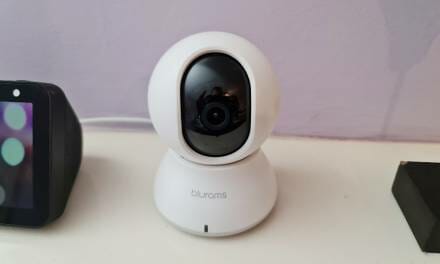
History of Mobile Apps

We take it for granted that we can open our smartphones, click on an app, and do, well, pretty much everything. The apps that we use today have come a long way in the past few decades.
From humble beginnings as productivity tools, they’ve replaced everything from notepads and calculators to gaming platforms. These days you can do anything you imagine, all from your mobile phone.
Here’s a brief look at the history of mobile apps, where they came from, how popular they’ve become, and what their future might hold.
PDAs Lead the Way
Before the launch of smartphones, personal computers gradually got smaller and became hand-held devices known as personal digital assistants (PDAs). These devices could send and receive emails and perform essential organizing functions. They came with productivity apps like calendars, address books, and notepads.
In November 1993, IBM released a PDA called ‘The Simon,’ which many consider the world’s first smartphone. It was a phone, pager, address book, email client, calculator, fax machine, and more all rolled into one—and it had a touchscreen! Its ten built-in productivity apps set the scene for what eventually became mobile phone apps.
The Blackberry came next with new apps like ringtone creators and to-do lists. The company that developed the Blackberry, Research in Motion (RIM), was the inventor of the push notification. So, you know who to blame when that little noise goes off on your phone at 2 am.
The First-Ever Mobile Phone App
Almost everybody remembers or has heard about the ‘Snake’ arcade game Nokia put on its 6110 mobile phone in 1997. For the first time, a phone did something more than make and receive calls or send text messages. Snake was so popular that other games like Tetris, Pong, and Tic-Tac-Toe followed.
Many consider ‘Snake’ the first-ever app, as it paved the way for what was yet to come in smartphones and their capabilities. To this day, games are still the most downloaded apps for mobile phones.
Chat Apps Become Popular
Mobile phone users began to want to communicate more effectively than sending a single SMS. They wanted to be able to have texting conversations. While these services were available on PCs, the next step was to release them on smartphones.
Apps like IRC, ICQ, AOL’s AIM, Yahoo, and Facebook Messenger all had their release dates in the late 2000s. These apps were the grandparents of the ones we have today. WhatsApp, Viber, and Line now dominate the chat market.
The App Store by Apple
Steve Jobs had a brainwave in 1983 about having an online store where people could buy software over phone lines. However, it wasn’t until 2001, when Apple released iTunes, that this became a reality. While iTunes was the place to buy media like music and videos, he wanted a way for people to access smartphone apps all in one place.
In July 2008, the App Store was born. At the outset, it had 552 apps available; 135 were free, and the rest ranged in price from $0.99 to $69.99. Google launched its Android Market in October of that same year. The Amazon App Store and Blackberry’s App World followed later.
Four years later, Google rebranded the Android Market as Google Play, now the most extensive app marketplace, with over 3 million different options available to download.
Social Media Apps Are Born
As time went on, smartphone users got bored with productivity and game apps; they needed more web-based services to become available.
The social media giants at the time, Facebook and MySpace, released mobile apps on the first Apple App Store, and the others followed in the early 2010s.
The most downloaded app of all time is TikTok. Instagram and Facebook make up the top three, proving that social media apps are big business. But is social media the most popular annually?
Most Popular Apps by Category
As mentioned, games are the most downloaded apps annually, comprising over 21% of the market. The three most downloaded Android games in history are Free Fire, Subway Surfers, and Candy Crush Saga, with over 1 billion downloads each.
Business apps became increasingly popular during the recent pandemic, especially for remote workers. Meeting apps like Zoom, Skype, and Google Meet are the most popular, with cloud storage tools like Dropbox and Google Drive seeing higher download numbers.
Education and lifestyle apps are the third and fourth most downloaded, at just under 9% each. Exam preparation, language, and music teaching apps are the most popular in education, with shopping and travel apps leading the way in the lifestyle category.
There’s an App for That
These days, whatever you need, you’ll find an app for it. The challenge comes when so many apps do roughly the same thing; how do you decide which is right for you?
That’s where comparison sites come in. Experts have already done the work for you, testing them all and providing the results, helping you to make an informed decision.
As an example, let’s consider iGaming. There are so many online gaming options out there you need to do a comparison of casino apps to find the one that offers you precisely what you’re looking for. The same goes for video game apps, recipe apps, travel apps, and everything else.
The Future of Mobile Apps
If anyone tells you your idea for a mobile app has already been done, they’re incorrect. Google Play releases an average of 1,828 new apps every day. As long as developers connect with people with ideas, there will always be a supply of new apps to download.
What may happen in the future is that technology-based apps will jump over the rest into the top position. The trends to watch out for are the new 5G networks, the advances in AI, and the metaverse. All of these have the potential to further shake things up as we approach the second half of the 2020s.
























